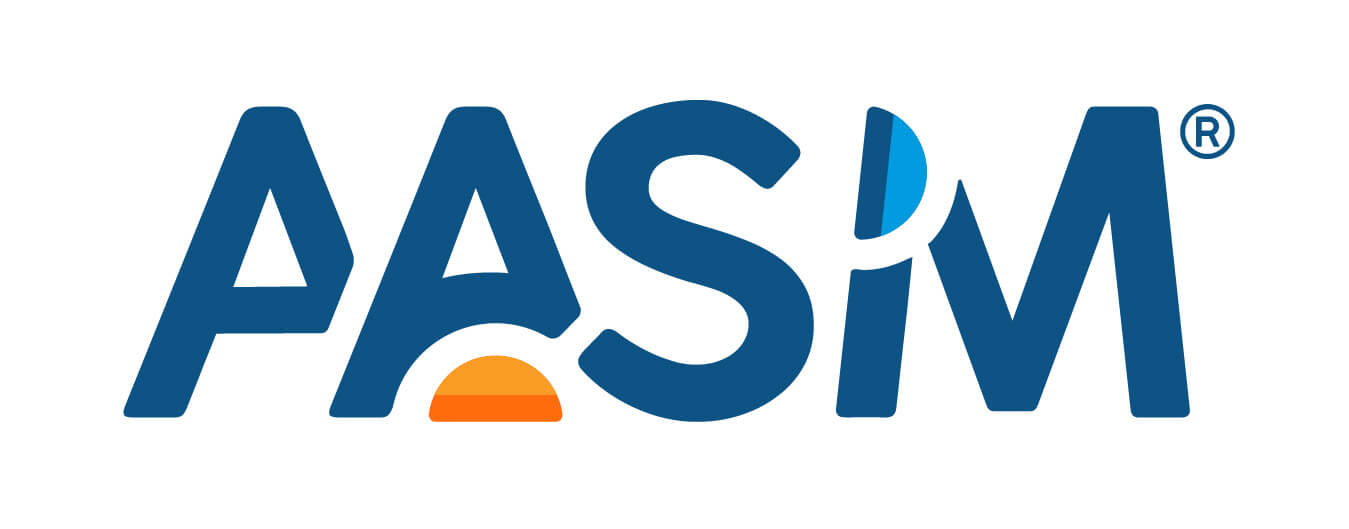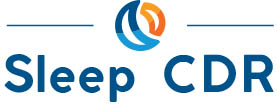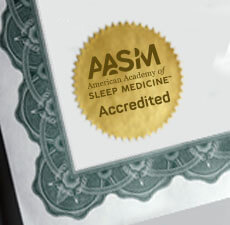Patient Acceptance Fact Sheet
Applicable Accreditation Standards
Patient Acceptance Policy
Explicit acceptance criteria for defining the patient population evaluated at the sleep facility ensures all patient evaluations are within the scope of the professional expertise, technical competence, capability of the staff and appropriate for the facility.
Requirements for Both In-Center and HSAT
This policy should be comprehensive and describe:
- Types of patients accepted or Scope of Diagnostic Sleep Disorders.
- Accepted patients adhere to the current AASM clinical guidelines and practice parameters
- Age limitations.
- Explanation of how referrals are received.
- Information required from referring physician for those directly referred.
- Recommend including a statement if Direct Referrals are not accepted.
- The process of how patient information is reviewed and approved, to ensure the test is appropriate for the patient.
- Evidence based criteria that may exclude a patient. (e.g. infectious disease, etc.)
Requirements Specific for HSAT
The HSAT policy should clearly define:
- Only to be used for patients with high pre-test probability of OSA.
- Not appropriate for patients under the age of 18.
- Evidence based criteria for exclusion. This may include:
- Limited co-morbidities, such as: moderate to severe pulmonary disease, neuromuscular conditions, congestive heart failure. Other sleep disorders such as: central sleep apnea, periodic leg movement disorder (PLMD), circadian rhythm disorder (CRD), narcolepsy, parasomnias.
- HSAT should not be used for general screening
Key Things to Keep In Mind
- If the sleep clinic and associated lab do not have direct access to information, it is necessary to have an affiliation/relationship whether formal or informal to allow access to information.
- For clinics and labs in separate locations without direct access:
- There must be a method of how the sleep facility gets information on PAP assessment/compliance to ensure standard H-2 is met.
- There must be a method of data collection for QA reporting on the clinical Outcome and Process metrics.
- Regardless of the location for the clinic (i.e. within the center, or in a physician’s separate office), it is still considered part of the sleep facility and must provide information required for the sleep facility as a whole to meet all accreditation standards.
- If separate medical records are maintained at the sleep clinic and separate medical records are maintained at the sleep lab; at time of the site visit both will be reviewed and considered as one whole comprehensive medical record.




